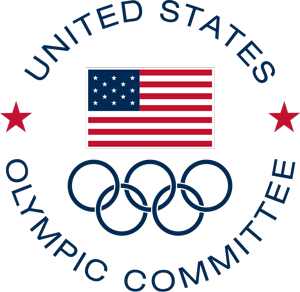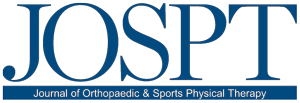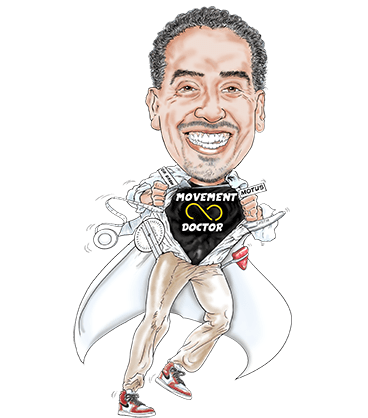Sports Science: Motion Analysis System
Sports biomechanical analysis, an aspect of sports science that studies the mechanical parameters of a human movement in sports. It consists of analysis of professional athletes and sports activity in general, also known as the Physics of sport. Designed to increase awareness of physical activity in athletes by measuring human muscle kinematics.
What is a motion analysis system?
Motion analysis is an analysis method that offers a cutting-edge 3D visualization of movement. Kinotek is a digital movement analysis platform, used by MOTUS Specialists, that maps dynamic human movement using light pulse technology and a proprietary neural network application. This human motion tracking technology is an affordable and fast system providing accurate screenings, objective data, and visual aids to empower patients to improve upon their mechanics. This markerless motion capture system is used by healthcare professionals to assess and treat a range of injuries.
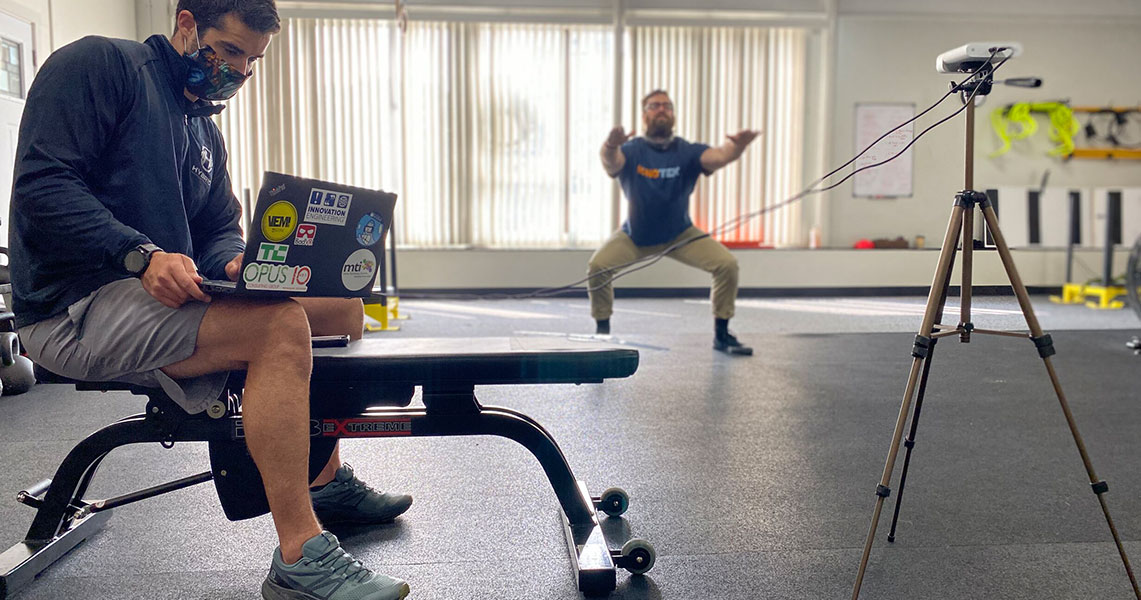
What is movement analysis?
Movement analysis is the study of how humans move. It can be used to improve sports performance, prevent injuries and rehabilitate after injury. Rehabilitation specialists use movement analysis to assess human movement patterns and identify areas that need improvement.
Applications are used for entertainment, sport, medicine, ergonomics, and robotics. Motion capture is used in animation and gaming to describe actors’ actions during animation. Amongst the famous examples of films using motion pictures is Avatar. When it contains whole body features, facial features or captures a simple expression, it is often called a performance recording. Advancement in technology in the entertainment industry has benefited the medical field as well. For example, the technology is used to create a digital twin that can be used for preoperative planning and postoperative assessment in surgery.
There are many benefits of using motion analysis. In biomechanics, it allows researchers and clinicians to study human movement in order to improve sports performance or prevent injuries. In medicine, it can be used for preoperative planning, postoperative assessment, or to assess movement disorders. Sports motion analysis examines the athletes’ biomechanical processes through the use of motion capture software and cameras. Some sports involve subtle, complicated movements at very rapid speeds making it impossible to assess completely with the naked eye.
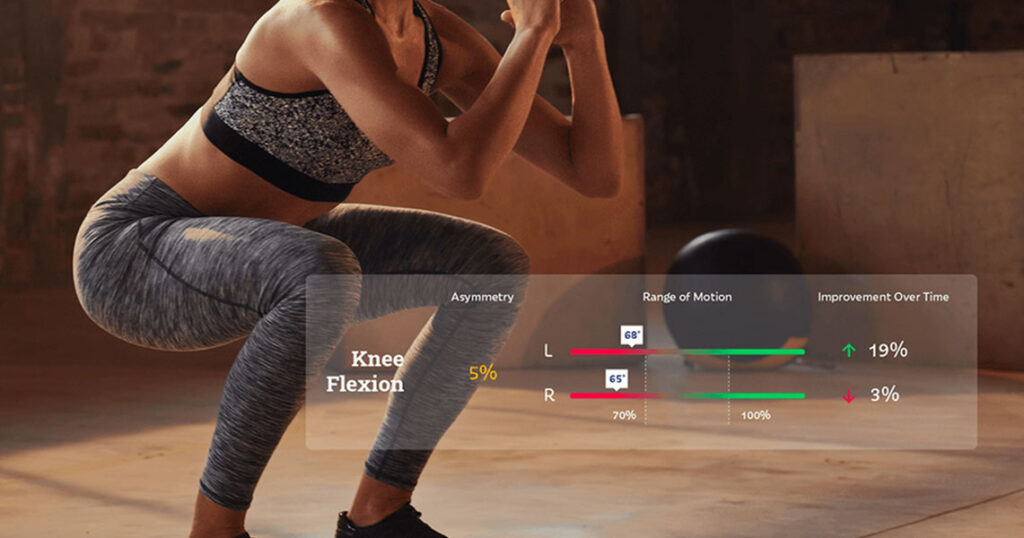
What is the purpose of motion analysis?
Motion analyses are designed primarily to compare kinematic data to normal and pathological movements. The main goal is to improve the understanding of how a particular movement or action is executed, so that it can be replicated more accurately or improved upon. Additionally, this type of analysis can be used to study the effects of different treatments on human movement. For example, physical therapists may use motion analysis to assess the effectiveness of their treatments on patients with movement disorders or injuries.
What does a motion capture system measure?
Allows tracking over 16 dynamic movements and 140 distinct metrics that provides objective data to empower patients to improve their movement. See whole-body movement in a whole new way. 3D visualization allows you to review range of motion (joint angles), asymmetries, compensation, comparison to reference ranges, and progress over time for the same patient. Gait analysis is one of the most common movements assessed.
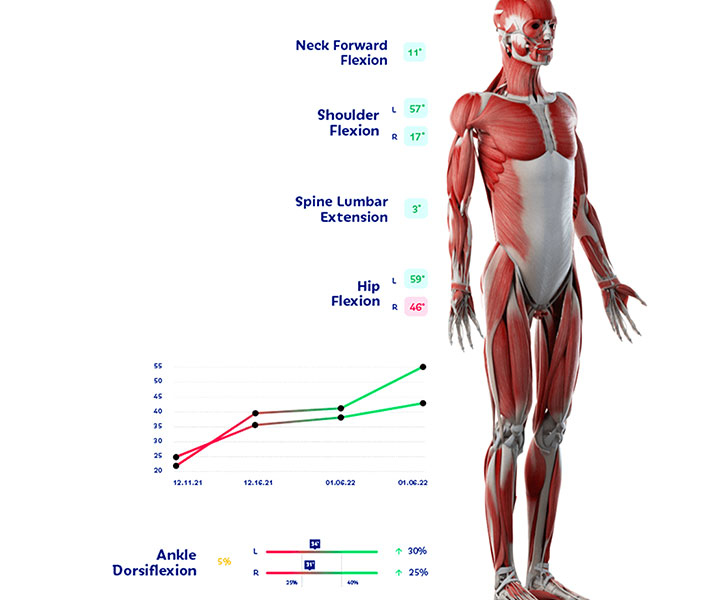
What are the benefits of motion capture?
Some benefits of having quantitative, reliable motion data are:
1. Improve your understanding of movement
As clinicians, we are trained to assess human body kinematics , but we are not always able to understand everything we see. Having the ability to slow down an activity, or view it from different angles can help us better understand what is happening.
2. Enhance communication with patients, clients, and fellow practitioners
Motion capture provides an objective way to document findings and track progress. This can be extremely helpful when communicating with other members of the care team, coaches, or with patients and their families.
3. Generate accurate, objective data
You can trust the numbers: When you’re analyzing your own performance, it can be difficult to be completely unbiased. Having accurate motion capture data to track your progress (or lack thereof) takes the subjectivity out of the equation. Joint angles, motor control, and mechanics are some of the few things analyzed.
4. Improve efficiency and productivity
By understanding movement patterns, you can target patient interventions more specifically which can lead to improved outcomes in less time.
5. Make better-informed decisions about treatment and rehabilitation
With accurate, objective data you can be confident in the decisions you make about treatment and rehabilitation.
6. Facilitate Return to Play decision-making
Appropriate duration from an injury or surgery is not the primary variable to determine readiness to return to sport. Rather, it is the athlete’s functional status as determined by their performance on the field that matters.
Functional testing with motion analysis can provide an objective measure of an athlete’s readiness to return to play following injury or surgery. This type of testing can also be used on a regular basis to monitor an athlete’s progress during rehabilitation and ensure they are performing at their pre-injury level before returning to competition.
Motion capture data can be compared to norms in addition to serial testing throughout a rehabilitation. It’s one thing to track your own progress, but it can be even more motivating (or demoralizing) to see how you stack up against the competition. Having accurate motion data lets you do just that.
7. Improve patient outcomes
The ultimate goal of any healthcare provider is to help their patients get better. By using motion capture, you can more accurately assess movement, target interventions, and track progress which can lead to improved patient outcomes.
8. Get a competitive edge
In the world of elite athletics, every little bit counts. By using motion capture, you can gain insights into an athlete’s movement that other practitioners simply cannot. This information can give you the edge you need to help your athletes perform at their very best.
9. Support research endeavors
If you’re interested in conducting research, motion capture can provide objective data to support your findings.
10. Motion analysis is fun!
Last but not least, motion capture is just plain fun. There’s something about seeing yourself move in ways you never thought possible that is just fascinating.
There are many benefits to using motion analysis software, including the ability to trust the numbers, compare your data to others, and use it to improve patient outcomes and performance. Having accurate motion data can help you improve your performance and understand your movement patterns.
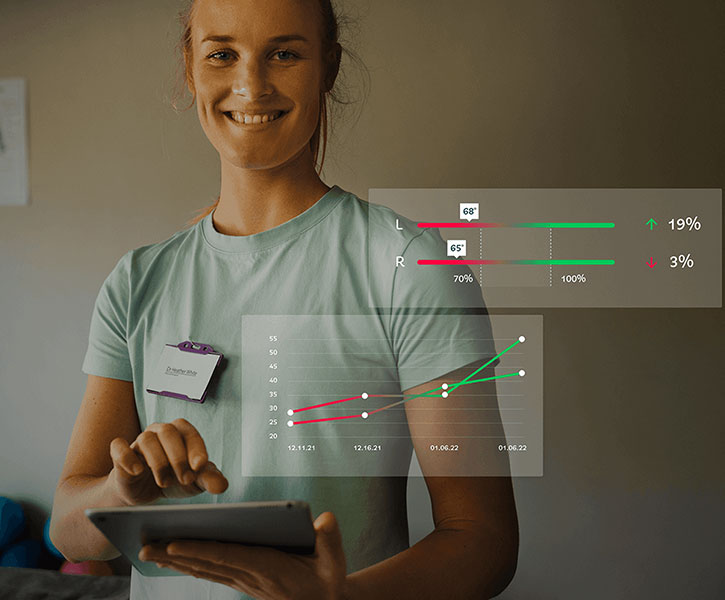
Kinotek used at MOTUS Specialists
When used at MOTUS Specialists , the Kinotek system was used to capture 3D movement data of several patients with various injuries and diagnoses. The data collected helped the therapists better understand each patient’s individual movement patterns and identify areas of concern. This information was then used to develop more targeted interventions and track progress over time. The results were impressive, with patients seeing significant improvements in their symptoms and function.
If you're interested in learning more about motion analysis or how it can be used to help you return to your prior level of function, contact us today. We would be happy to answer any questions you have.
Have you been injured at some point in your journey?
Are you not achieving your highest level of function?
We’ve helped hundreds of people at all walks in life
get back to performing their best painfree!
MOTUS Client
Janelly Farias
PT's to the Pro's, Stars and Skeptics
Discover why the pro's, protective parents, and weekend warriors trust our 4P Joint By Joint Approach™.
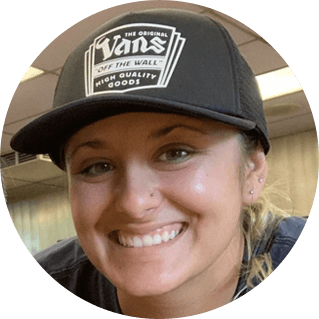
Lorem Ipsum
Daughter
Lorem ipsum dolor sit amet, consectetur adipiscing elit. Nam eget sollicitudin metus, sed euismod purus. Donec quis mauris in ligula luctus accumsan vitae a sem. Morbi hendrerit, justo auctor mattis vulputate, diam sem imperdiet metus, non vehicula arcu arcu in dui. Cras nec sollicitudin diam. Pellentesque finibus metus at dui gravida semper.

Lorem Ipsum
Professional Golfer
Lorem ipsum dolor sit amet, consectetur adipiscing elit. Nam eget sollicitudin metus, sed euismod purus. Donec quis mauris in ligula luctus accumsan vitae a sem. Morbi hendrerit, justo auctor mattis vulputate, diam sem imperdiet metus, non vehicula arcu arcu in dui. Cras nec sollicitudin diam. Pellentesque finibus metus at dui gravida semper.

Lorem Ipsum
Lawyer
Lorem ipsum dolor sit amet, consectetur adipiscing elit. Nam eget sollicitudin metus, sed euismod purus. Donec quis mauris in ligula luctus accumsan vitae a sem. Morbi hendrerit, justo auctor mattis vulputate, diam sem imperdiet metus, non vehicula arcu arcu in dui. Cras nec sollicitudin diam. Pellentesque finibus metus at dui gravida semper.

Lorem Ipsum
NFL
Lorem ipsum dolor sit amet, consectetur adipiscing elit. Nam eget sollicitudin metus, sed euismod purus. Donec quis mauris in ligula luctus accumsan vitae a sem. Morbi hendrerit, justo auctor mattis vulputate, diam sem imperdiet metus, non vehicula arcu arcu in dui. Cras nec sollicitudin diam. Pellentesque finibus metus at dui gravida semper.

Lorem Ipsum
NFL
Lorem ipsum dolor sit amet, consectetur adipiscing elit. Nam eget sollicitudin metus, sed euismod purus. Donec quis mauris in ligula luctus accumsan vitae a sem. Morbi hendrerit, justo auctor mattis vulputate, diam sem imperdiet metus, non vehicula arcu arcu in dui. Cras nec sollicitudin diam. Pellentesque finibus metus at dui gravida semper.
It's time to toss out the old school
physical therapy playbook.
We'll never hand you a stack of those black and white exercise printouts.
MOTUS Client
Sam Darnold
MOTUS Client
Kyle Allen
Level up on rehab and prevention and get back to the activities you love
Schedule A Call
We'll walk you through our 4P Joint Approach™ and set up your 60-minute 1:1 consultation.
Get Your Personalized 4P Plan
We'll pinpoint the source of your pain and design a plan to restore movement along the entire kinetic chain.
Start Moving Again
Get an edge on injury prevention, relieve joint and muscle pain, and return to activities you love with confidence.
Stop wondering if you'll ever
get back to being you.

Professional Photographer
3 Ways to Level Up Your Rehab and Injury Prevention With Us
3 Ways to Level Up Your Rehab and Injury Prevention With Us




